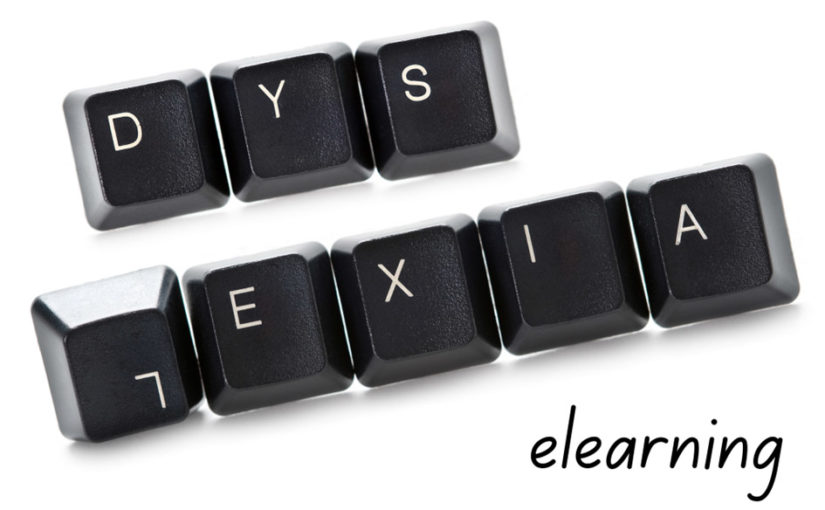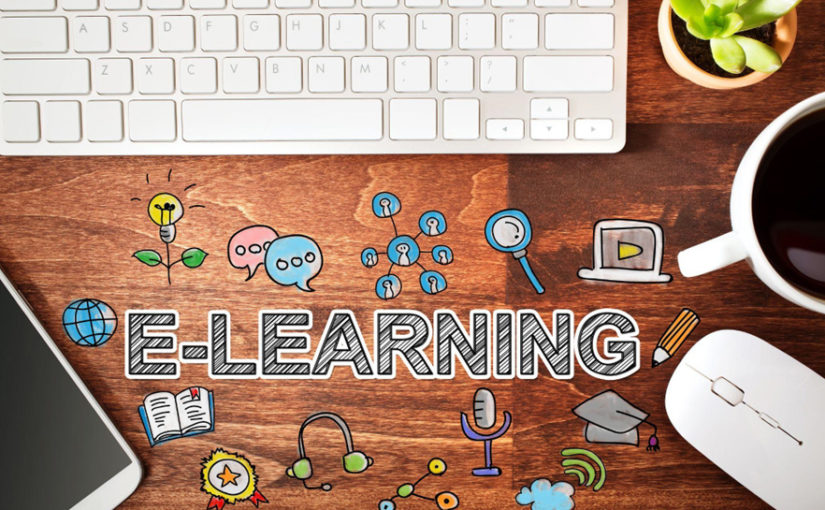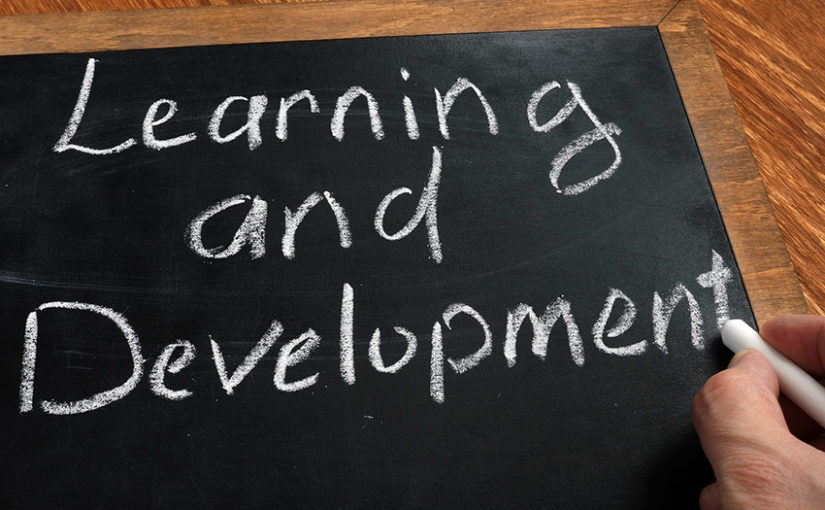Even the best trainers need to train too.
Here’s 50 tips to help you improve your training style.
1. Understand your attendee’s need.
Before you start your session, ask delegates to describe their roles, key challenges and their current knowledge level.
This will enable you to pitch your content at the correct level so it caters to all your attendee’s needs.
2. Manage delegate learning expectations from the outset.
At the beginning of the training sessions, outline the main goals and objectives of the training session.
This will ensure that expectations are set appropriately, which will help to optimise learner engagement during the day.
3. Segment your course.
Divide you course into sections with rough timings, so learners have a schedule and know what content to expect and when, thereby promoting learner readiness.
4. Summarise at the end of every section.
It’s good practice to divide your course into sections, (as mentioned above), and to summarise at the end of every section to aid understanding and retention.
5. Use non-verbal cues to monitor the attention level of your audience.
Looking out the window, fiddling with the phone, glased expressions etc.. are signs that you may be losing your audience.
7. Make sure you are not overwhelming your audience.
Frowns, confused looks can all be indicators that your audience don’t understand or can’t keep up with the content.
8. Re-energise your audience regularly as they will tire, by taking impromptu breaks, doing a pick-me-up exercise, or engaging them in conversation etc…
9. Pace your learning content.
Don’t introduce complex learning subjects too early on.
Give the learner’s time to acclimatise.
Similarly avoid introducing challenging content at the end when delegates are tiring.
10. Your presentation slides should be an outline not detailed script, otherwise your delegates will be compelled to read the slides in detail and won’t be listening to you.
11. Use repetition to enhance learning.
Not all content is created equal.
Don’t be afraid to repeat yourself to emphasise particularly high-value nuggets of information.
12. Mix it up.
Hours of monotonous bullet point slides will eventually tire out even the most attentive of learners.
Vary your content and delivery to include images, case-studies, microlearning videos, exercises, Q&A to spice things up and keep learner’s engaged.
Re-purpose any elearning content that you have created and either send it to your delegate’s phones or play it within the training room.
As an eLearning company, Skillshub is committed to creating efficient and impactful learning experiences. Contact us to find out more.
13. Mingle with participants, before you start speaking, and after, as this will help to build a rapport and goodwill between you and your audience boosting their patience and engagement levels.
14. 10 to 1 Golden Ratio.
Good quality learning presentations requires 10 hours research and content preparation for every training room hour.
15. Build in slack time.
10 minutes of practice room presentation time will most likely equate to 20 minutes when done live so build in plenty of slack time.
16. Pace your presentation.
To avoid over-run, learn to pace yourself.
When practising put the estimated time on the corner of each slide and practice maintaining the right pace.
17. Check your breathing.
Nervous energy can cause presenters to race through presentations and end too early.
Monitor your breathing and if you are breathless you are probably speaking to fast.
18. Take a break every hour.
Learner attention levels really starts to drop off after an hour of concentration and so break every hour to maximise learner engagement.
19. Be punctual, especially after breaks.
If you start late, or start late after breaks you set the tone for tardiness and learners will soon follow suit and start returning from breaks late.
20. Don’t over-run.
Finishing late is sure to frustrate your audience, and shows a lack of respect for their time.
Include optional content that can be cut/truncated to get you back on schedule.
21. Keep activity time punchy.
Give learners less time then they might comfortably need to complete activities and you’ll create a surge of energy and creativity.
3 minutes rather than 15 minutes brainstorming storm is sure to spark a sense of urgency and enthusiasm.
22. Hang around at the end.
Don’t rush out.
This is a golden opportunity for overflow questions that couldn’t be asked during the session, or which learners did not want to ask publicly.
23. Refer to delegates by name.
You’ll establish a greater rapport with delegates by referring to them by their first names.

Learn How To Create Personal Learning Journeys For FREE!
25. Use memory aids.
If delegates aren’t wearing name badges you may forget their names.
Create a named seating plan to refer to which will help you remember names and personalise interactions.
26. Be comfortable, saying, ‘I don’t know’.
It’s the quickest, the most honest and most grace-saving way out of a question-you-can’t-answer situation.
You can’t be expected to know it all.
27. Use Exercises.
Win the battle for audience attention by using exercises, (group, individual, paper or computer), to stimulate, educate or reinforce learning.
28. Take-away material.
Printed leave-behind material is a must for reinforcing attendee learning
29. Avoid monologues.
Try and encourage audience feedback and questioning to create a lively and engaging two-way dialogue.
30. Inject Humour.
There is no need for a stand-up routine, but humour can help to alleviate tension or spice up dry topics.
31. Optimise the learning environment.
Stuffy, ill-lit, overcrowded rooms will send your audience to sleep.
Spend time ensuring light levels, temperature and spacing is optimised.
32. Audiences love treats.
Intermittent snacks and food along the way can help to lift your attendees and keep them engaged.
33. Use the power of stand-up.
Remaining seated throughout an entire course will diminish you.
Don’t miss the opportunity to stand up and in the process convey authority and dynamism.
34. Be flexible enough to modify and adapt the course (within reason), to suit the gradually unfolding needs of the delegates.
35. Just like with job interviews, arrive at least 5 minutes in advance to acclimatise because starting off appearing flustered can be very distracting for your audience.
36. Vary your tone.
A monotone voice will bore you audience.
Think ‘manytones’!
37. Tell stories.
Anecdotes and real-life stores are an entertaining way to educate and inform.
38. Move around the room as you talk to create a sense of dynamism about you, but maintain eye contact.
39. Vary the pace of your presentation between 170 words a minute to 310 words per minute.
40. Address trainees by name, e.g. “that’s a good point John”, or “as Joanne said earlier…”.
It helps you to remember names and makes it more personal.
41. Ask questions to maintain audience interest, e.g. “shall we break or push on till lunch?”
42. Use the B button.
It blanks the screen and brings the focus on the speaker.
43. Use hand gestures to convey passion.
All the best public speakers do this.
44. Be enthusiastic from the outset.
It’s contagious in a good way.
45. Just one more thing.
Throw in a surprise extra, such as slide 20 of a 19 slide show.
46. Establish ground rules.
Mobile phones off etc, return from breaks on time.
47. Relate training backs to jobs wherever possible to boost relevance and engagement.
48. Demonstrate a new skill first and then let them practice with exercises to help embed learning.
49. Make people feel at ease with some icebreakers at the start of the session.
50. Know your audience demographics and industry backgrounds to help tailor your approach.


 Even the best trainers need to train too.
Even the best trainers need to train too.










